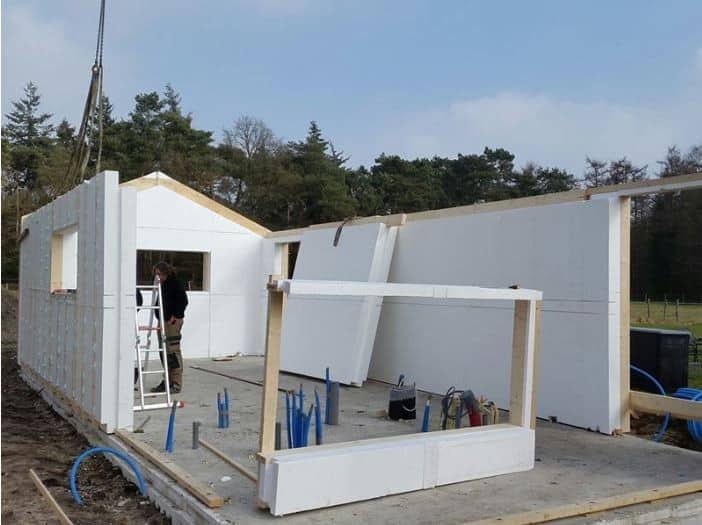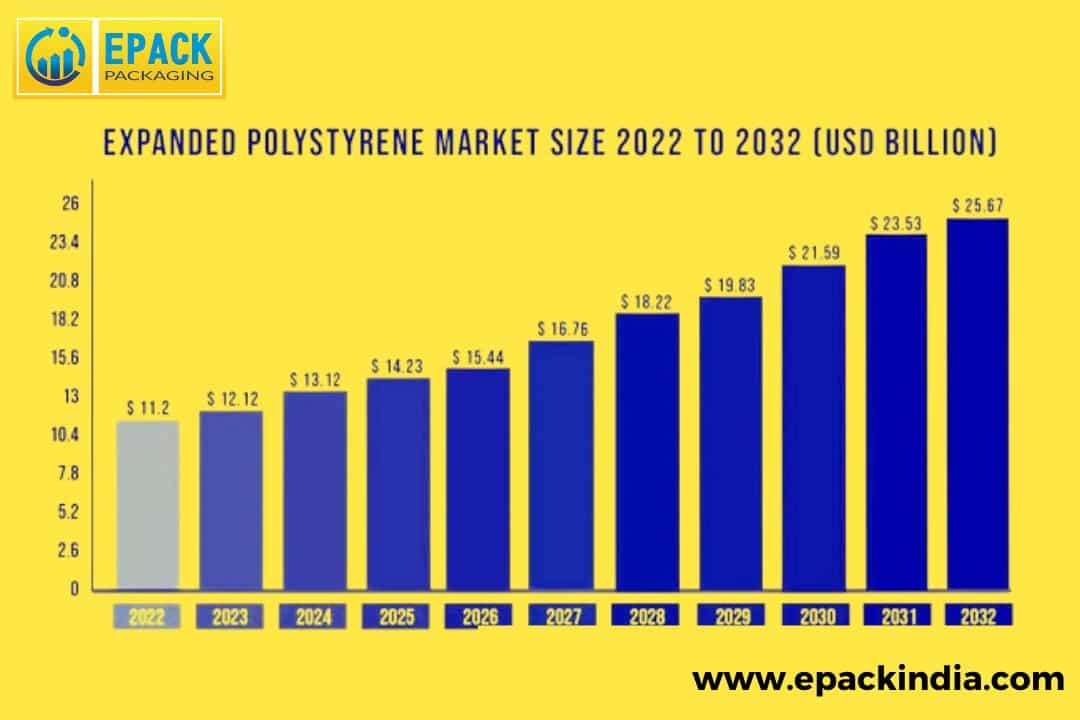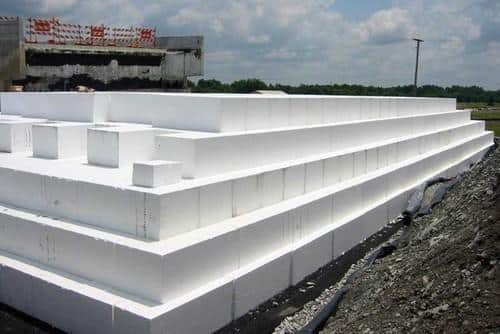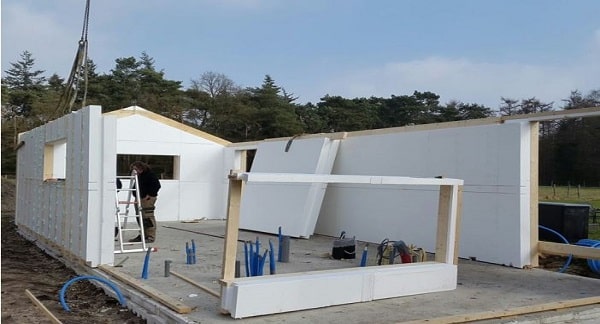Potholes Could Soon Be a Thing of the Past. All Thanks to EPS Thermocol Geofoam
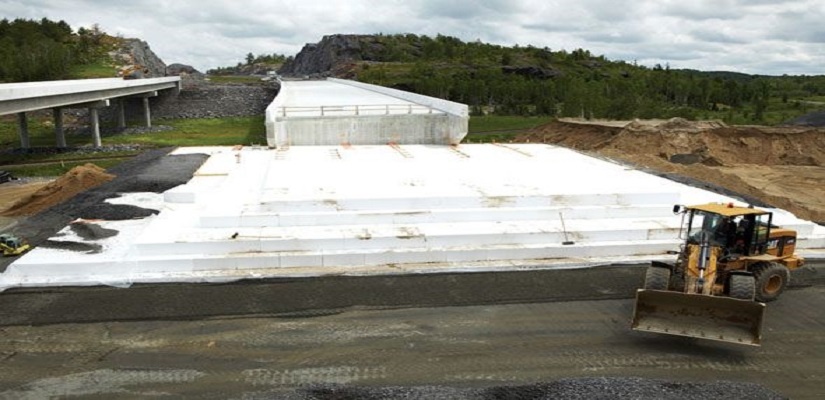
Potholes on the streets of almost all cities in India don’t just make our rides uncomfortable, but also cause fatal accidents. According to the Road Accident Report (2014) published by the Road Transport and Highways Ministry, 6,672 people lost their lives due to potholes and badly designed speed breakers last year.
However, if the ministry goes ahead with its latest proposal of using thermocol for land filling in place of soil as the base for construction, pothole complaints can soon be resolved.
In a meeting headed by Union Minister Nitin Gadkari last month, the ministry asked some consultancy firms to submit cost analysis report of the use of Geofoam for construction on highways, in comparison with the conventional soil fills. An expert committee was constituted earlier this year to recommend new materials for construction of highways.
Geofoam is primarily used to provide lightweight void fill on highways, during road constructions, for building embankments, parking lots constructions, etc. It is basically expanded polystyrene (EPS) or extruded polystyrene (XPS) manufactured into large lightweight blocks. Polystyrene is one of the most widely used plastics around the world. And EPS is a rigid closed-cell foam structure made of pre-expanded polystyrene beads. It is widely used for manufacturing daily utility goods like plates, boxes, bowls, packaging material, etc. XPS also consists of closed cells, and it provides higher stiffness to materials it is used in, like craft and architectural models.
Countries like Europe, Japan, and the US have been using Geofoam for road construction. In India, the Border Road Organization has been using it for constructing roads on difficult terrains. EPS Geofoam requires less manpower as it is all about lifting the sheets and placing them at the required spot. It is approximately 1% the weight of soil and less than 10% the weight of other lightweight fill alternatives. Because of being so light, Geofoam also reduces the weight applied on the underlying soil or solid structure. It can also be easily cut and shaped as per the requirement giving engineers the freedom to be more specific about the design. Additionally, it is very durable and does not break down. So the material does not spread to the surrounding soil thereby keeping a check on pollution.
Keeping these advantages in mind, the ministry has issued an order that project reports for all future road construction projects should consider alternative design combinations. With the use of thermocol, a brand of Geofoam, the cost of road repairs can be reduced by 30 percent, and the time required can also be significantly decreased.
“The best part is that Geofoam is 100 times lighter than the soil and does not expand or contract with changing temperatures like extreme winter or heat. It does not get washed away by floods or landslides. We are using large amounts of healthy soil for road construction, which could be avoided if we use Geofoam,” a senior ministry official told The Indian Express.

